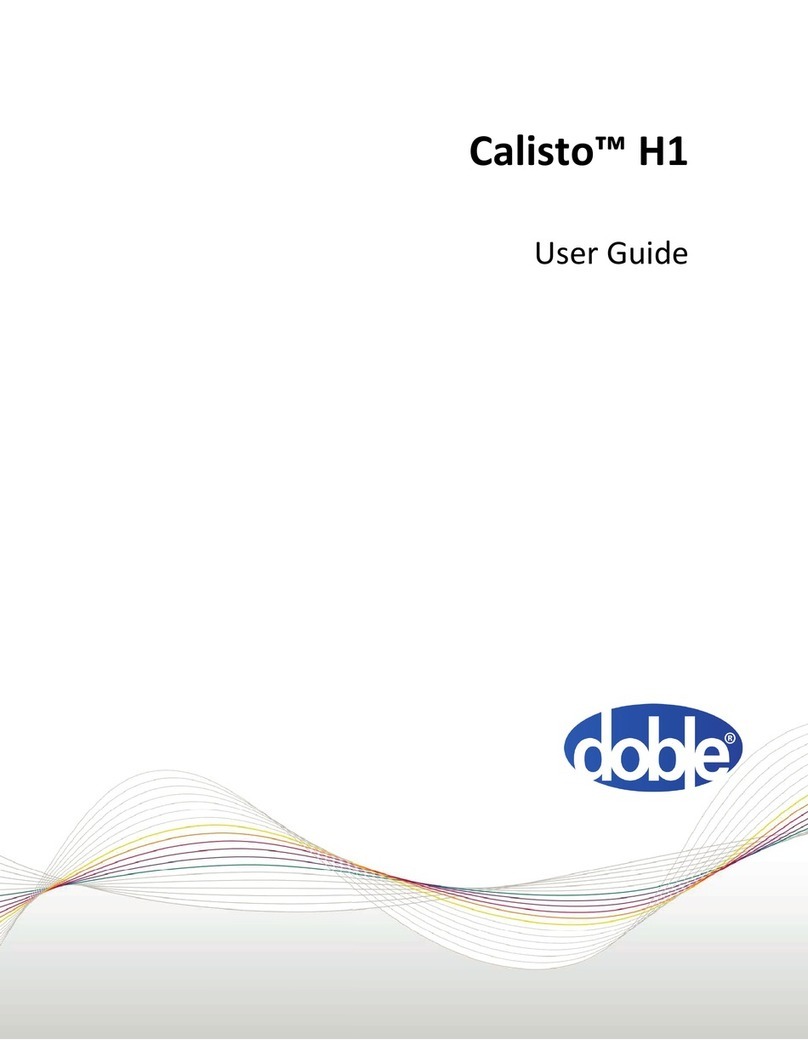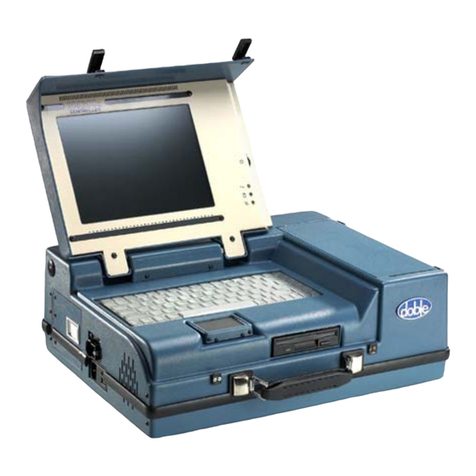
REV 1.0 WRM-10P S2 USER’S MANUAL
TABLE OF CONTENTS
CONVENTIONS USED IN THIS DOCUMENT ..................................................................................... 1
1.0 INTRODUCTION.................................................................................................................... 2
1.1 General Description and Features ................................................................................... 2
1.2 WRM-10P S2 Technical Specifications............................................................................. 4
1.3 WRM-10P S2 Controls and Indicators.............................................................................. 5
2.0 PRE-TEST SETUP ................................................................................................................... 6
2.1 Operating Voltages .......................................................................................................... 6
2.2 LCD Screen Contrast Control............................................................................................ 6
2.3 Printer Paper Control....................................................................................................... 6
2.4 Printer Paper.................................................................................................................... 6
2.5 Replacing the Thermal Printer Paper............................................................................... 7
3.0 OPERATING PROCEDURES ................................................................................................... 8
3.1 WRM Cable Connections ................................................................................................. 8
3.2 General Procedures ....................................................................................................... 10
3.3 Entering Test Record Header Information..................................................................... 11
3.4 Setting the Clock ............................................................................................................ 14
3.5 Toggling the Calibration Notification Feature ............................................................... 15
3.6 Performing a Resistance Test......................................................................................... 16
3.7 Performing a Load Tap Changer / Voltage Regulator Resistance Test.......................... 25
3.8 Performing a Special Resistance Test ............................................................................ 32
3.9 Performing a Transient Test........................................................................................... 39
3.10 Performing a Diagnostic Test......................................................................................... 44
3.11 Working with Test Records ............................................................................................ 46
3.11.1. Restoring a Test Record from the Unit's Internal Flash EEPROM .......................... 46
3.11.2. Restoring a Test Record From a USB Flash Drive ................................................... 50
3.11.3. Viewing a Test Record ............................................................................................ 52
3.11.4. Printing a Test Record ............................................................................................ 54
3.11.5. Saving a Test Record From the Working Memory ................................................. 55
3.11.6. Copying Test Records to a USB Flash Drive............................................................ 57
3.11.7. Printing a Directory of Test Records Stored in the WRM's Internal Memory........ 59
3.11.8. Printing a Directory of Test Records Stored in a USB Flash Drive.......................... 62
3.11.9. Erasing Test Records From the Unit's Internal Memory........................................ 64
3.11.10. Erasing Test Records From a Connected USB Flash Drive...................................... 67
4.0 WRM-10P S2 SPECIAL FEATURES....................................................................................... 70
4.1 Bypassing the Resistance Reading Delay ....................................................................... 70
4.2 Converting Resistance Measurements .......................................................................... 71
5.0 Troubleshooting Guide ...................................................................................................... 72































